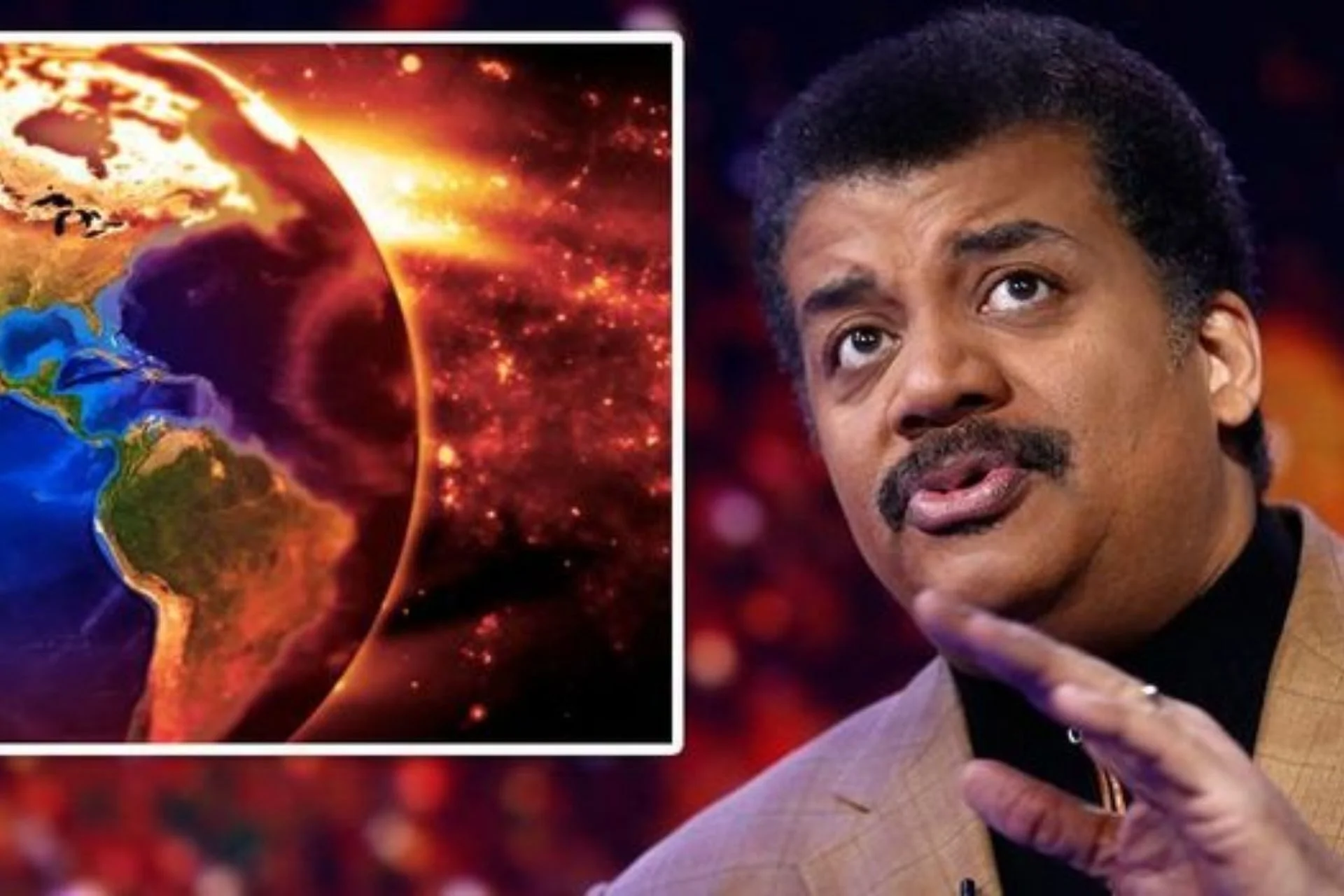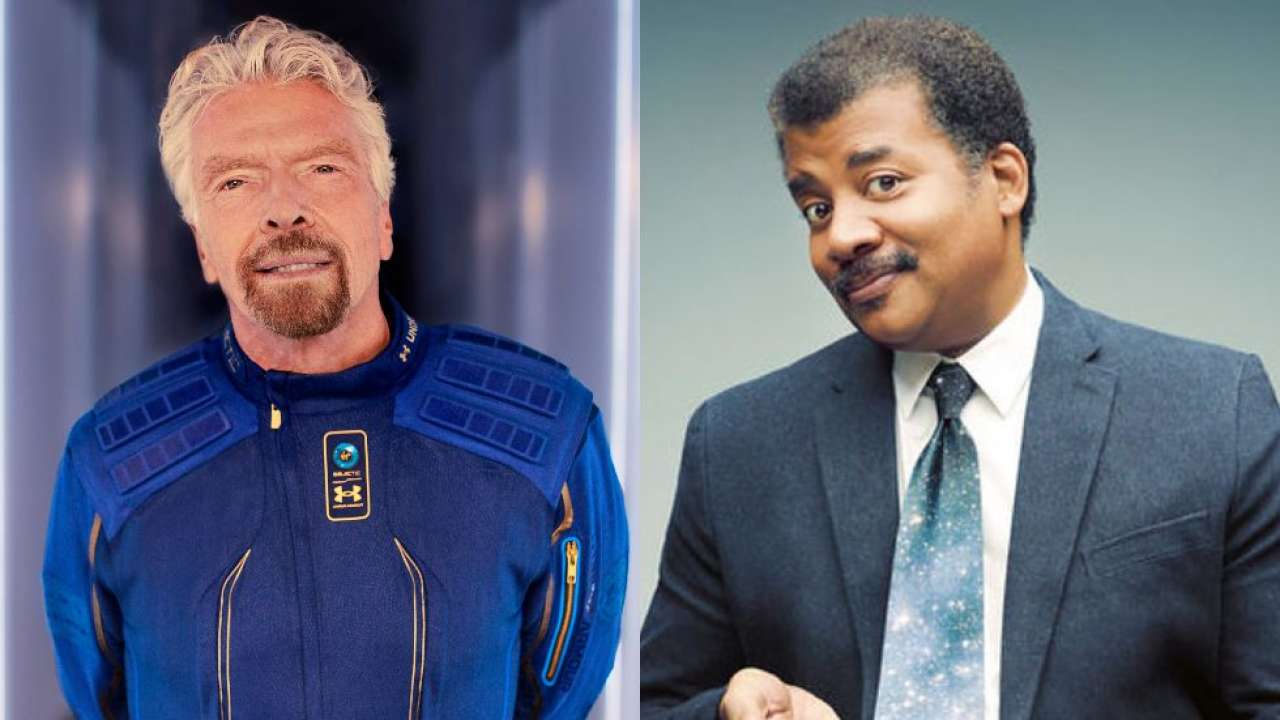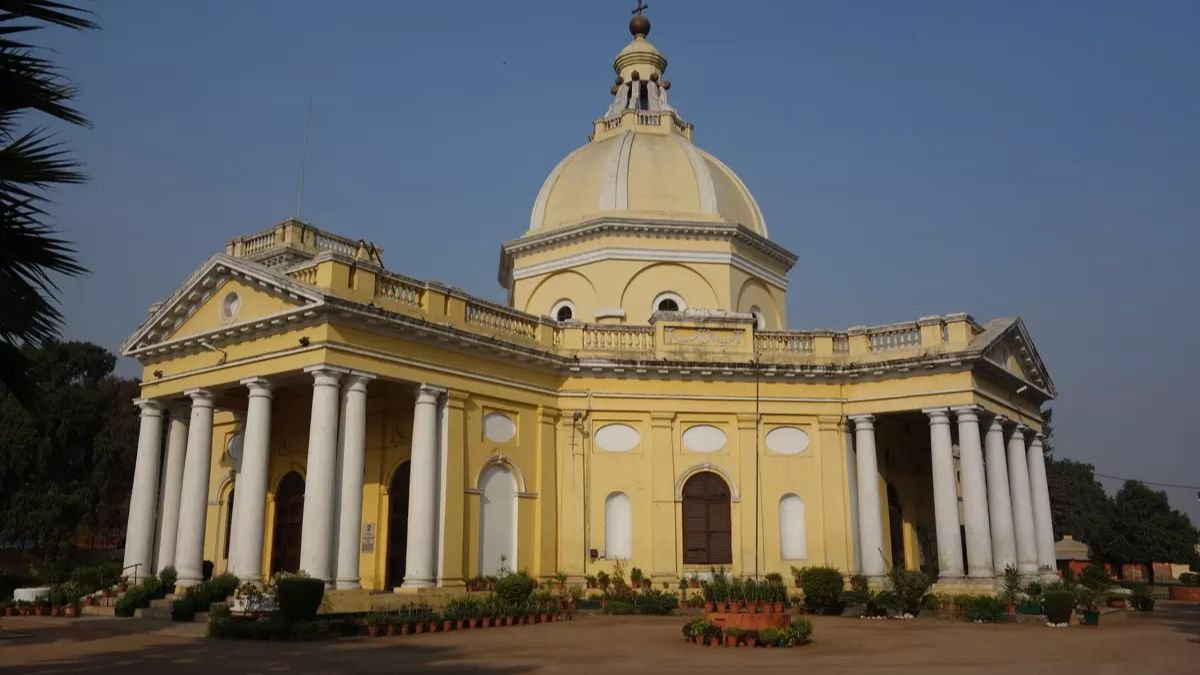Richard Branson Has Been Travelling To Space? Neil Degrasse

Richard Branson, the British entrepreneur, recently beat Jeff Bezos to the edge of space. This gave an official start to space tourism.

Now, Neil deGrasse Tyson, a renowned astrophysicist and scientist, has expressed his misgivings about calling where he has flew.
Astrophysicist and the head of the Hayden Planetarium deGrasse said in an interview with CNN, Richard Branson did not travel on a space flight. “It was suborbital for the first time.
It was with Alan Shepard that NASA did so 60 years ago, took off from Cape Canaveral and landed on the sea.
If you don’t go quickly enough to go to the orbit, you will fall back to Earth,” deGrasse explained. “It’s all right if you want to call it ‘space,’ as ordinary people didn’t get there earlier, and this is the first one for you.
That is why the orbit takes 8 minutes, and the Moon takes 3 days. It’s travelling in space. So let’s not go into space, I see it as ‘oh. No. What you’ll have is a beautiful view of the earth,” he told us.
The space frontier is most frequently accepted as Karman Line at 100 kms above sea level, according to a report in Indian Express.
Nevertheless, the US uses the cut-off point 80 km above sea level, and the Branson Virgin Galactic flight reached an altitude of 86 km.
Kármán: the main space frontier of Kármán is the Kármán Line and 100 kilometres above average sea level. But the cut-off point is 80 kilometres in the United States.
The Virgin Galactic mission at Branson reached 86 km in altitude, while the Blue Origin flight of Jeff Bezos will reach an altitude of around 106 km. The same will be done in less than a week by Jeff Bezos of Amazon on a ship from his business Blue Origin.









